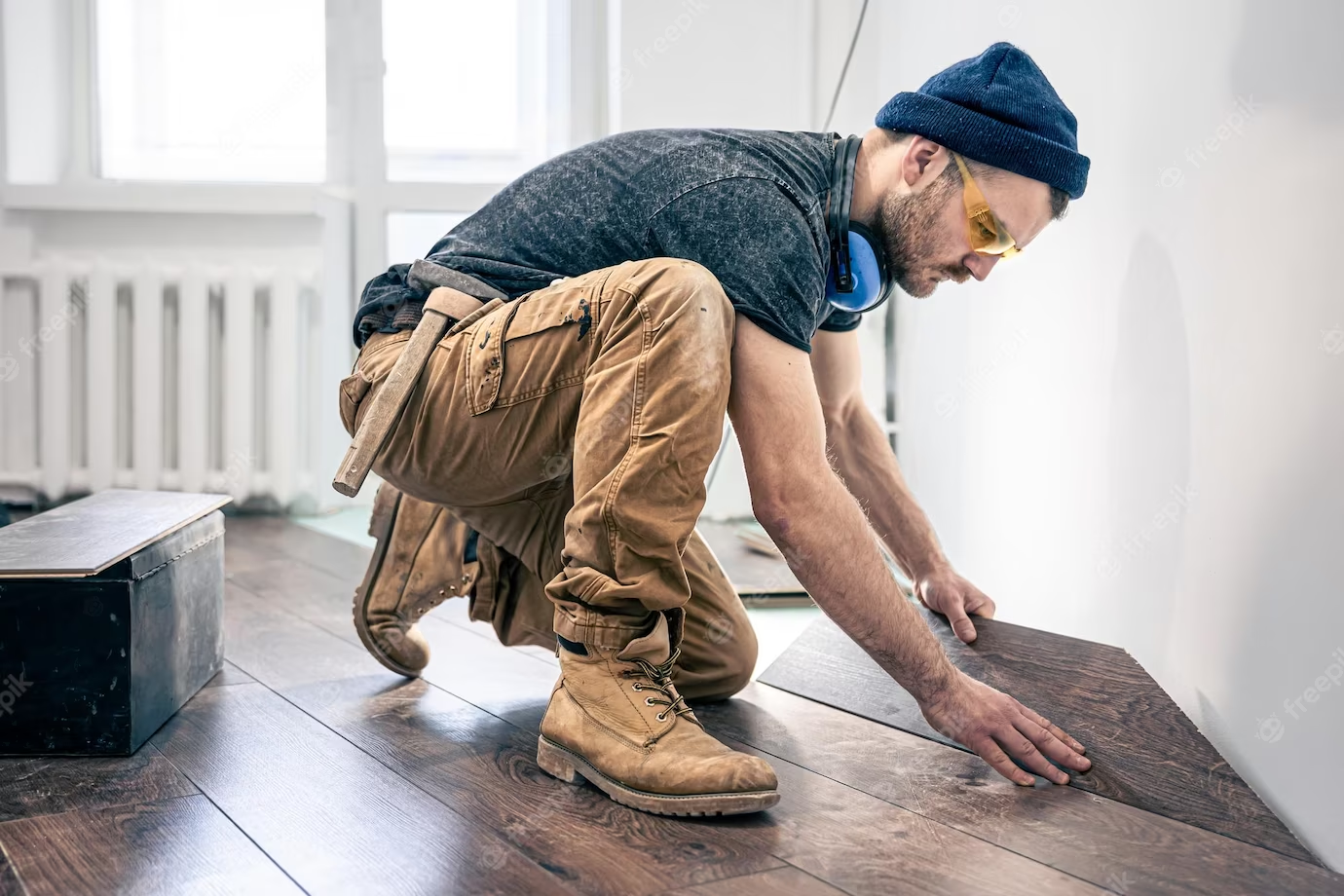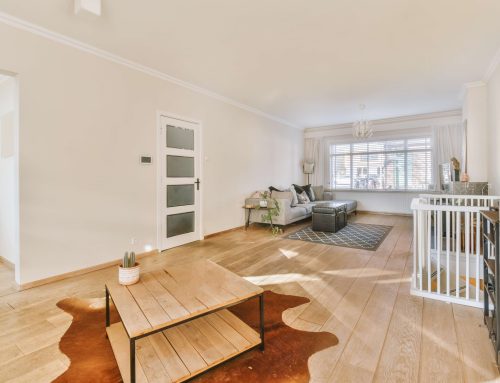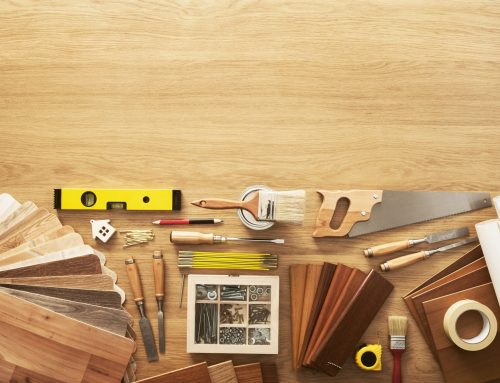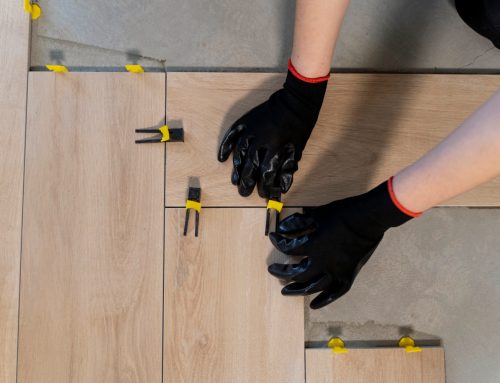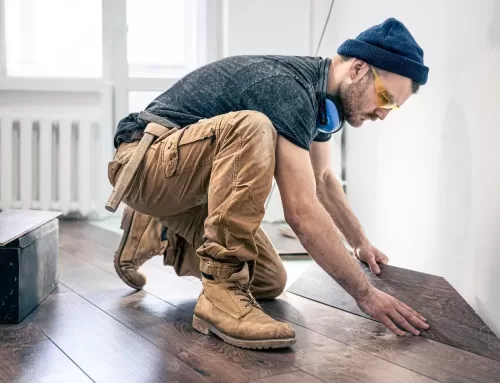Wooden floors are a great addition to any space. Whether it’s a home or business, many buildings in Manchester have beautiful wooden floors. They are great for kitchens, bathrooms, and hallways in homes due to their durable, easy to clean and practical features. Plus, many offices, bars, hotels, and restaurants choose this flooring type to meet their needs. Often lasting decades, wooden floors far out live carpets and need replacing much less often.
However, even with the best cleaning processes, every wooden floor will require some form of restoration after a few years. You may also have decided to remove carpets and restore the wooden floor beneath them. Whatever your reason for needing hardwood floor restoration Manchester, there’s hope left yet for your flooring. Find out how the floor restoration process works and what to expect…
Understanding the Steps and Benefits of Restoring Your Wooden Floors
The simple way to explain floor restoration is that it will help make your floor look how it did when it was brand new. This can sometimes be a difficult process. There are lots of different ways an expert can repair your floor depending on the type of problem you are trying to solve.
Most issues with wooden floors can be fixed. These include removing signs of damage, a build-up of dirt and dust, or taking off too much varnish. It can also mean replacing the varnish on the floor.
What is floor restoration process?
The floor restoration process usually includes sanding the floor to remove marks and previous varnish. This is best done by an expert to help you get the great results. They will start by removing any fixtures, fittings, and loose nails.
They will typically examine the floor to check for any gaps. If gaps are present, these will be filled with a suitable filler before starting work. Once the preparation is complete, the floor restoration process begins. Different levels of pressure are applied to remove signs of wear and tear, ensuring the surface and texture of the floor are evened out. This is especially crucial in areas where the floor was initially uneven.
It’s always best to treat a wooden floor with varnish after the sanding process. This acts as extra protection for the floor and will help make it stronger. This increases how long it will last and helping avoid the need for further restoration work down the line.
An expert in floor restoration should always talk through the options for varnishing with you. This will help you to achieve the results you want. And with so many options available when it comes to floor finishes, their expertise and advice will come in handy.
Read more: The best Manchester wood floor sanding company
What are the types of wood floor finish?
Polyurethane Sealant
A common finish which is perfect for timber floors. It is usually used in homes or places which aren’t used as regularly as bars, restaurants, and hotels for example. You can choose from different types of finish like matte, silk, and gloss to get the results you are looking for.
Each of these can give a clean look to your floor and will stop it from getting damaged. Professionals can also offer a stronger version for places where there is higher use, and the floor would benefit from added protection to make sure restoration doesn’t need to take place again for a long time.
Natural floor oil
Another great option which can be used on solid wood, plank-wood, cork and block strip floors. It works well for both homes and commercial properties and is very strong. It’s the perfect option if you’re looking for something which won’t be damaged by water, like in bathrooms or kitchens.
It is also dirt proof and can withstand wine, beer and other liquids which might otherwise stain your floors. It’s also a fantastic option for floors with patterns as this type of finish will mean you are able to see the design, and the beauty of the wood is not lost underneath thick coats. It can also stop the floor from getting scratched and scuffed.
Wax finishes
Wax is another excellent way to protect your floor. Like natural floor oil, it is helps stop water damage and will help protect your floor from scratches and scuff marks. It also provides a unique look to the floor, which cannot be achieved with the previous two types of finish, and it helps to highlight the natural colour of your floors.
It is not used as often as the other two options because it needs regular upkeep. So that you can keep the floor looking its best, it’s recommended you have the floor buffed every three to four months and will require re-waxing ten to twelve months, depending on the level of traffic.
How much does wood floor restoration cost?
It’s difficult to advise on a cost for hardwood floor restoration in Manchester. The cost depends on different factors including the level of damage, the area of floor which needs work as well as the type of finish you choose. An expert should talk you through the options available to you.
This will help you to make a decision which meets your budget but will also give you the long-term results you are looking for.
Read more: What to know about old wood floor restoration Manchester service
Hardwood floor restoration Manchester
Our friendly team will be able to provide advice or a tailored quote. Just call us on 0161 945 8475 or email info@naturalflooringsolutions.co.uk

